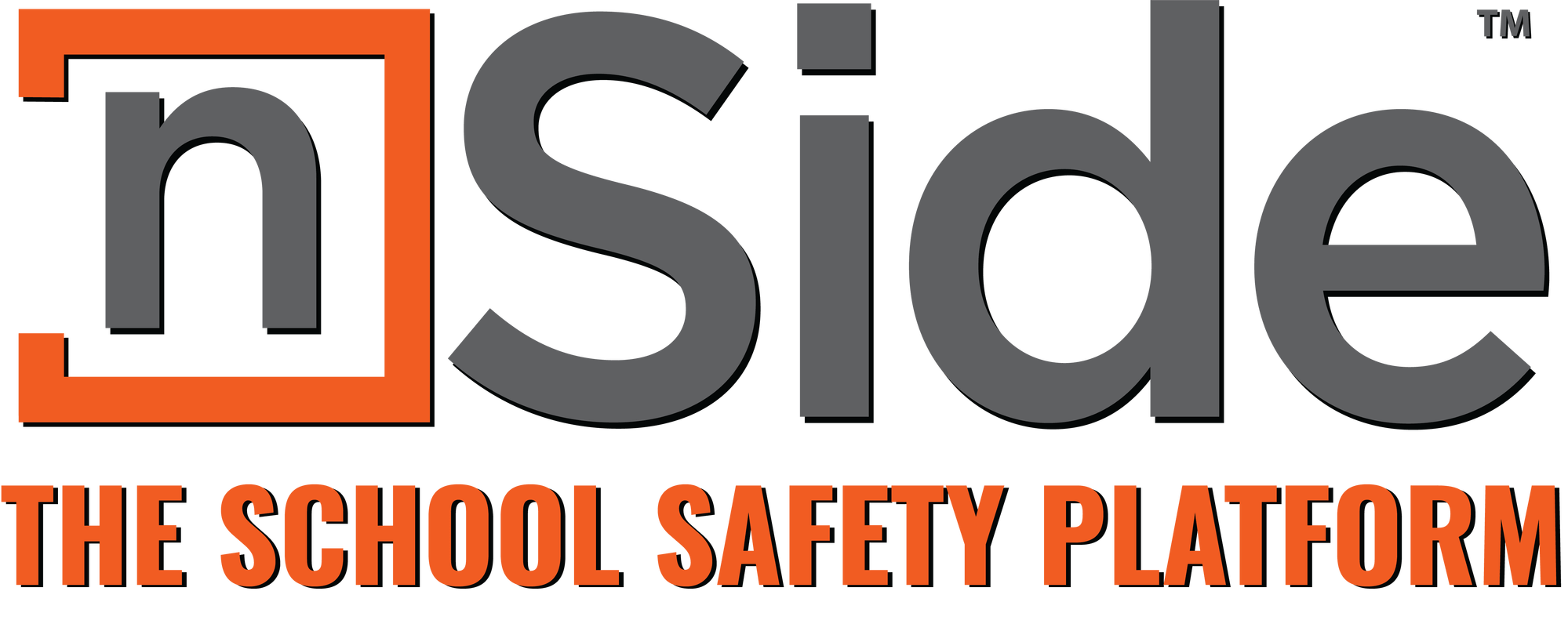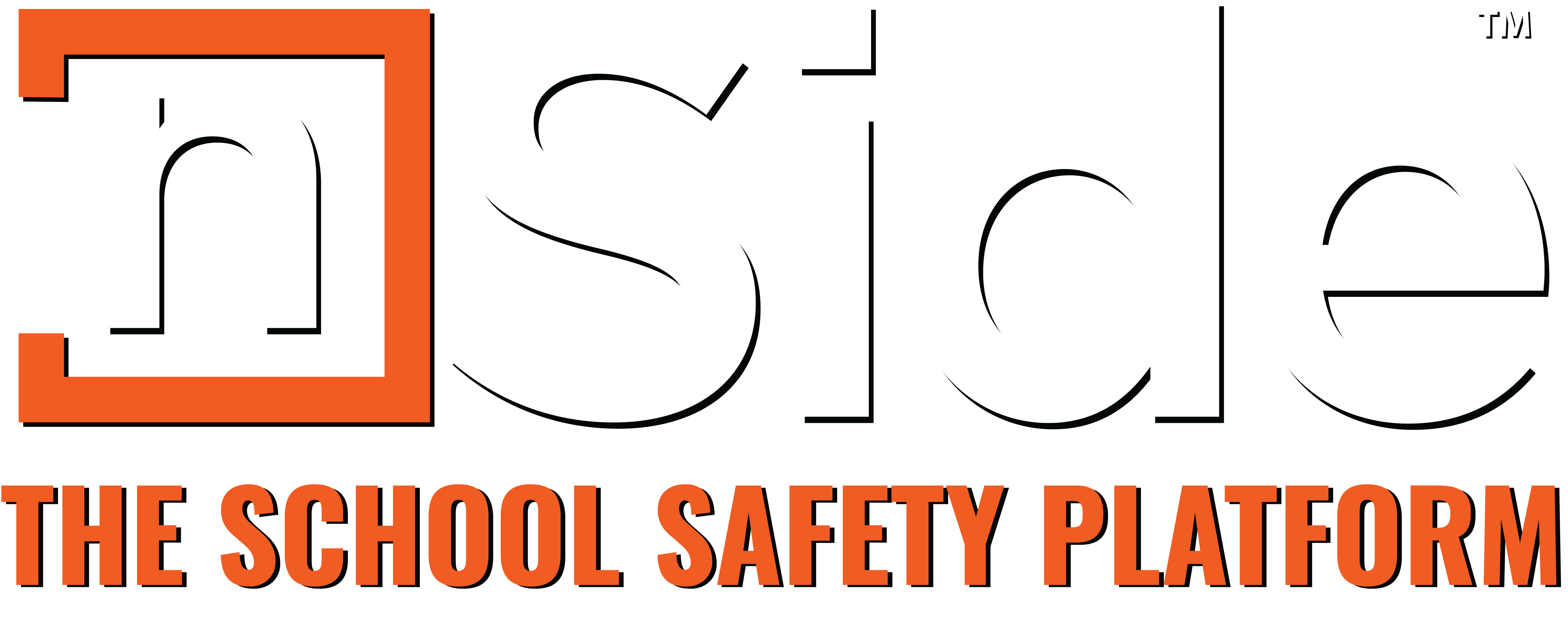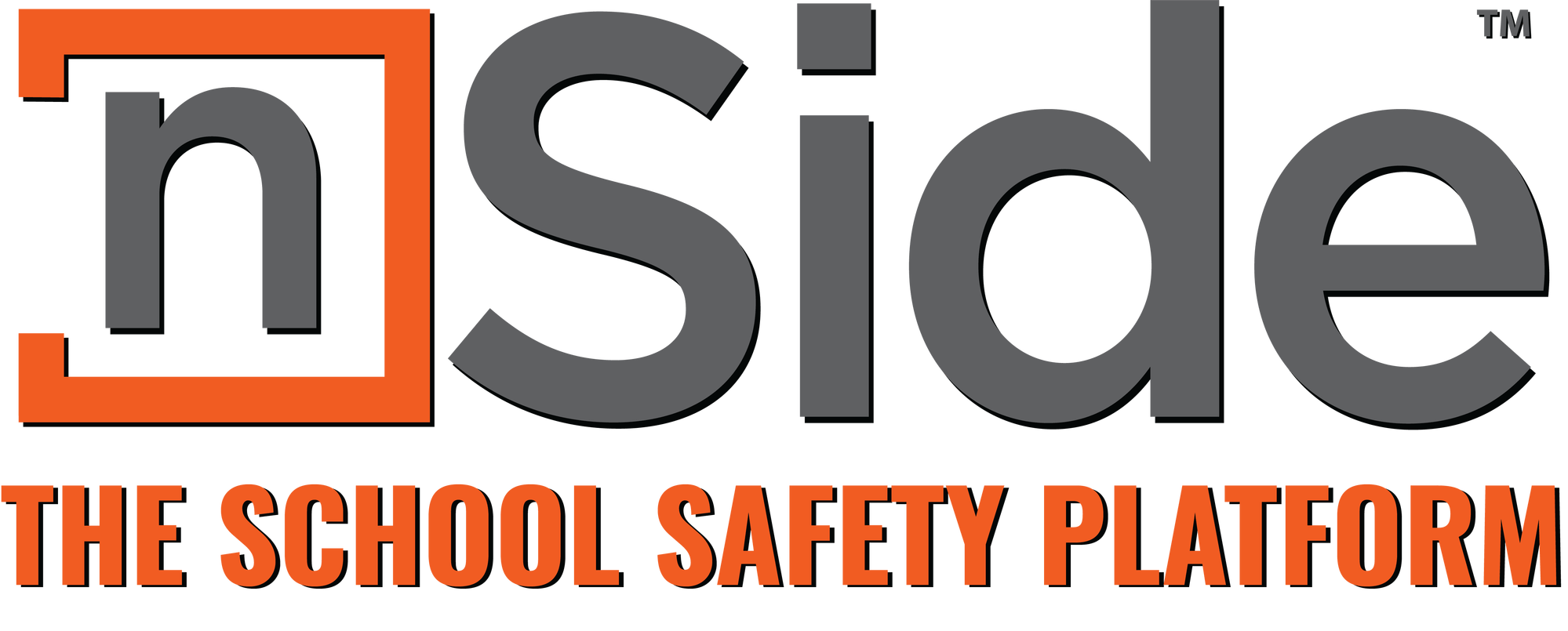How safe is my child’s school?
This is an unsettling question that many parents have found themselves asking more frequently over the last twenty years. It’s not a comfortable topic, but after the shootings at Columbine High School in 1999, school safety was thrust into the spotlight. Today, gun violence, bullying, and other related issues are paramount in the public school sector, and can leave parents and educators wondering how school safety can be improved or enhanced. It’s one of the things that we here at nSide have set out to do: build confidence in the school systems, so they are well-equipped to handle anything that comes their way.
Are schools truly unsafe?
There are many issues facing school administrations today. Depending on the region in which a K-12 school is located, some of these include:
- Bullying and Cyberbullying
- Gun violence
- Student and Teacher Mental Health
- Natural Disasters (such as hurricanes or tornadoes)
- Threat Assessment and School Climate (the emotional environment of a school)
- Recovery from a disaster or crisis (dealing with the aftermath
Each year, there are multiple resources and studies done to assess the safety of elementary and upper level schools, including the School Survey on Crime and Safety. This comprehensive study is comprised of 4,800 randomly selected schools, and provides estimates of school crime, incidents, disciplinary issues, and covers crime prevention and school security as topics. The very latest version, which occurred in 2019, showed some of the following data (Source: SSOCS)
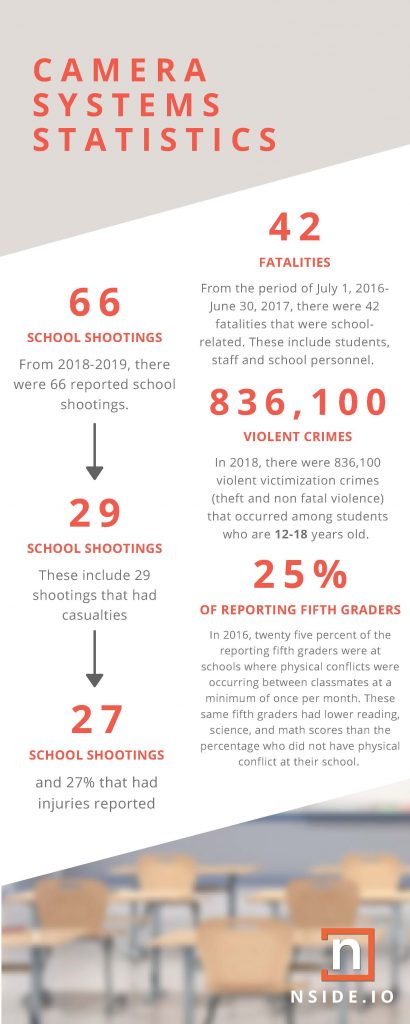
- From the period of July 1, 2016-June 30, 2017, there were 42 fatalities that were school-related. These include students, staff and school personnel.
- In 2018, there were 836,100 violent victimization crimes (theft and non fatal violence) that occurred among students who are 12-18 years old.
- From 2018-2019, there were 66 reported school shootings. These include 29 shootings that had casualties, and 27 that had injuries reported.
- In 2016, twenty five percent of the reporting fifth graders were at schools where physical conflicts were occurring between classmates at a minimum of once per month. These same fifth graders had lower reading, science, and math scores than the percentage who did not have physical conflict at their school.
Although these are certainly alarming trends, national data concludes that between 1992 and 2017, crime and violence are actually on a downward trend. This can be confusing, because the amount of school shootings is disproportionately higher, and can feel emotionally difficult for parents and educators. Of course, no level of violence in the school environment would be considered appropriate, but there are many factors which have led to a reduction in non-violent and violent crimes alike, and one of these is the addition of security personnel and cameras (Source).
How Cameras Can Keep Schools Safer
After 1999 (which was the year when the Columbine shooting occurred), the number of schools that reported using some type of security camera increased, rising from just 19% to 83% in 2018. In August 2020, a joint effort from the Department of Justice and the Office of Community Oriented Policing suggested ten things that schools can do to improve their safety, and they listed campus and classroom security as third highest priority. The highest priority item was comprehensive school safety assessments, which we will discuss later.
- Video camera monitoring can minimize students using or selling drugs on campus, and can deter theft. The National Institute on Drug Abuse (Source) suggests that installing cameras in locations such as parking lots can capture student interactions, or mitigate drug-related behaviors from high-risk students. As far as thefts, cameras have been shown to deter would-be burglars from things like locker thefts or parking lot thefts (student or staff vehicles). This applies to cameras that are installed with accompanying signs announcing their presence.
- Video cameras in schools have also been shown to reduce bullying, which is a high concern for many parents and educators, and can lend itself to a feeling of instability for students. In some cases, installed cameras on school campuses reduced recorded instances of bullying up to 70%. The National Center for Education Statistics found that students were fearful of certain places on their campuses which did NOT have cameras or adequate camera surveillance, such as outside on school grounds. They also found that students avoided these areas out of fear of being targeted.
- Video cameras can monitor and help identify shooters on a school campus. Surveillance cameras can be very useful to law enforcement when there are intruders or shooters, and capture vandalism and other non-violent offenses. It can also lower the liability for educators and schools, as their positive actions during a crisis are viewable.
Why Schools May be Reluctant to Install Cameras
With any new advance in technology, there can be hindrances of many types, but the top three reasons that schools may be hesitant would be: concerns about student and teacher privacy, the cost of such a service, and making students or teachers feel suspicious about one another. We understand these are genuine concerns, and specifically want to address the issue of privacy. Our unique systems are made up of live monitoring systems that are only accessible to those who need to view it, such as law enforcement or other safety personnel. And in regards to cost, our technology can use your existing cameras (if you have them) and integrates them into our system. If you do need new cameras, we can help guide you to the solution that suits your budget and needs. Lastly, the trust of students and staff has been shown to be highest in schools where the “school climate” is one of safety and security. This works hand in hand with your security plan and installation, fostering an overall environment of trust.
How nSide | Live Works
First, our qualified team will assess your current needs. This is relevant to the findings we mentioned above, which include making a comprehensive safety assessment and plan for your place of education. We will help you decide if you need new equipment, and make sure your current installations are working and in good order. Then, we will make sure your team is trained in using our systems, called nSide|Live. It’s live-time monitoring of your existing (or new, if you need them installed) cameras, and it can be viewed by high level administrators (school safety directors or principals with access) even from afar, and is safe and secure. You won’t need to worry about any unwanted visitors hacking into your secure systems and spying on teachers or students.
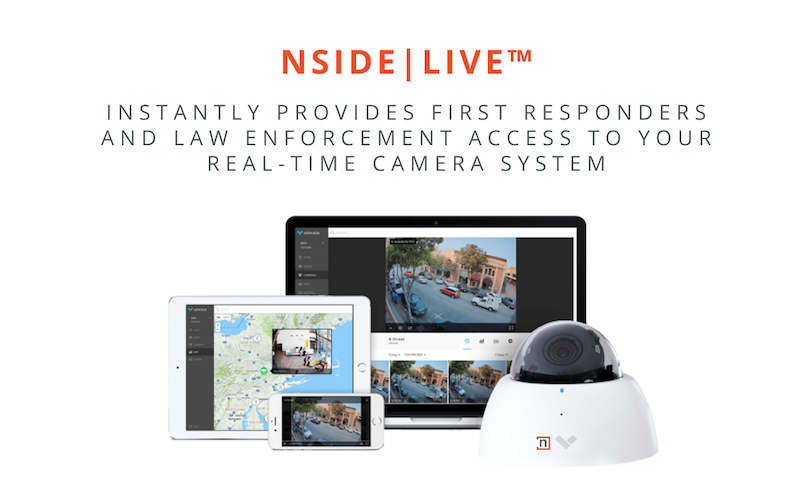
In the event of an emergency, you will be able to grant access to first responders and emergency workers. This will get aid to your students, or help you intervene with an emergency situation, immediately. As an administration, you will be able to control who has access and when. Our system is different, because of the ability to grant and revoke access that is needed, based on the situation at hand. Many systems make it much more complicated, and leave their camera systems open to security gaps. No matter what your security camera needs are, we can assist you!
Safety Benefits Everyone
The findings from the most recent SSOCS report continued to affirm that the safer that students feel, the better they are able to focus and meet academic standards. Both students and the staff benefit from safety improvements such as installing cameras, and the long-term benefits of students who are successful in school stretch into the community. Without these safety standards implemented, students not only experience violence, they can also witness violence (which has lasting emotional and psychological effects). With a comprehensive safety plan, curating a secure and stable environment is possible and can help students and staff thrive in their roles.
If your school is ready to take the next step, and assess the systems already in place, please let us know. We would love to sit down with you, address any security gaps, and help you move forward with a concrete plan to keep you, your students, and your staff members safer than ever.
Sources:
- https://www.schoolsafety.gov/prevent/threat-assessment-and-reporting
- https://www.cisa.gov/sites/default/files/publications/K12-School-Security-Guide-2nd-Edition-508.pdf
- https://nces.ed.gov/fastfacts/display.asp?id=334
- https://www.schoolsafety.gov/sites/default/files/2021-01/Ten%20Essential%20Actions_Quick%20Reference%20Guide.pdf
- https://www.drugabuse.gov/drug-topics/trends-statistics/monitoring-future/monitoring-future-study-trends-in-prevalence-various-drugs
